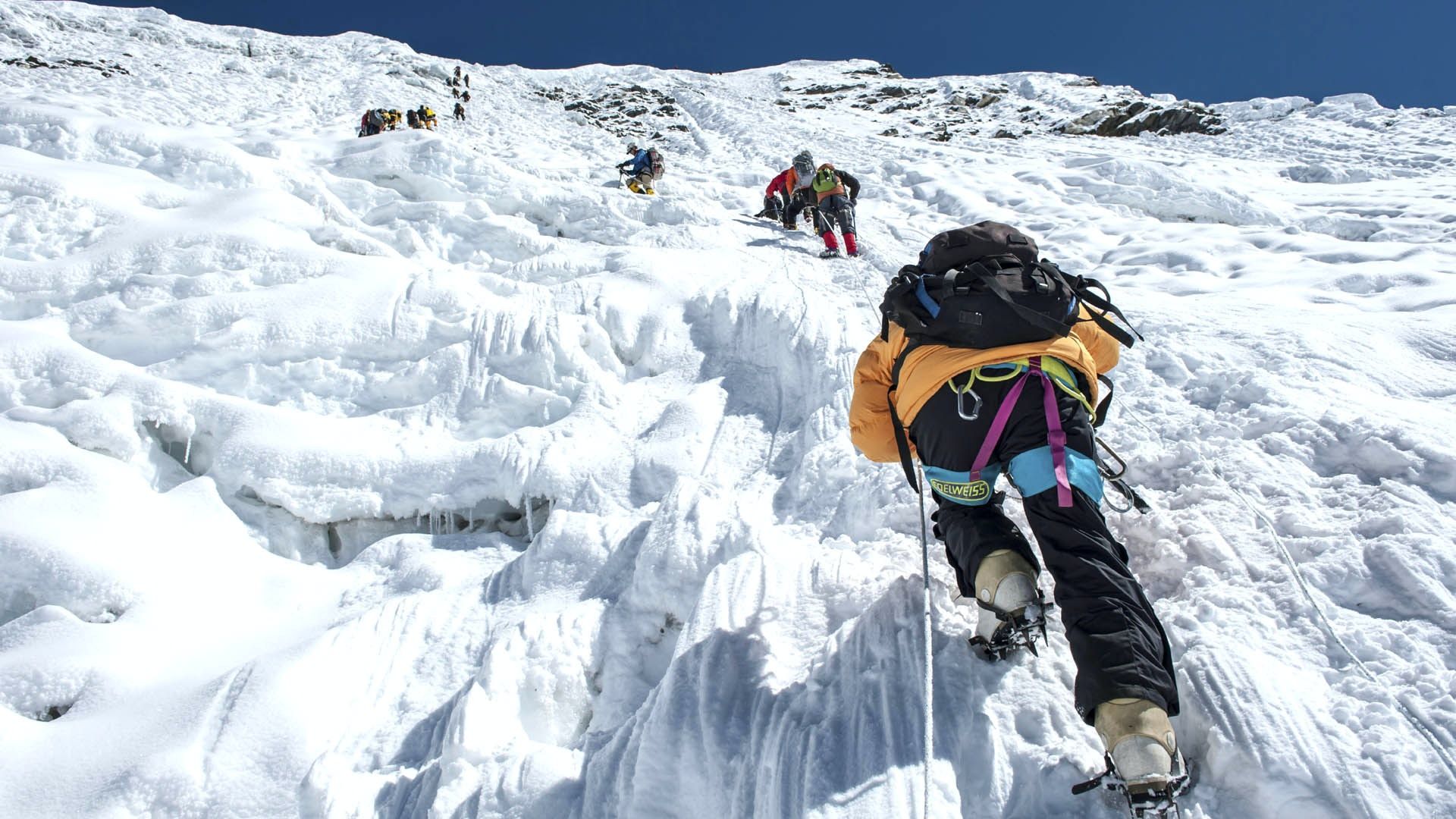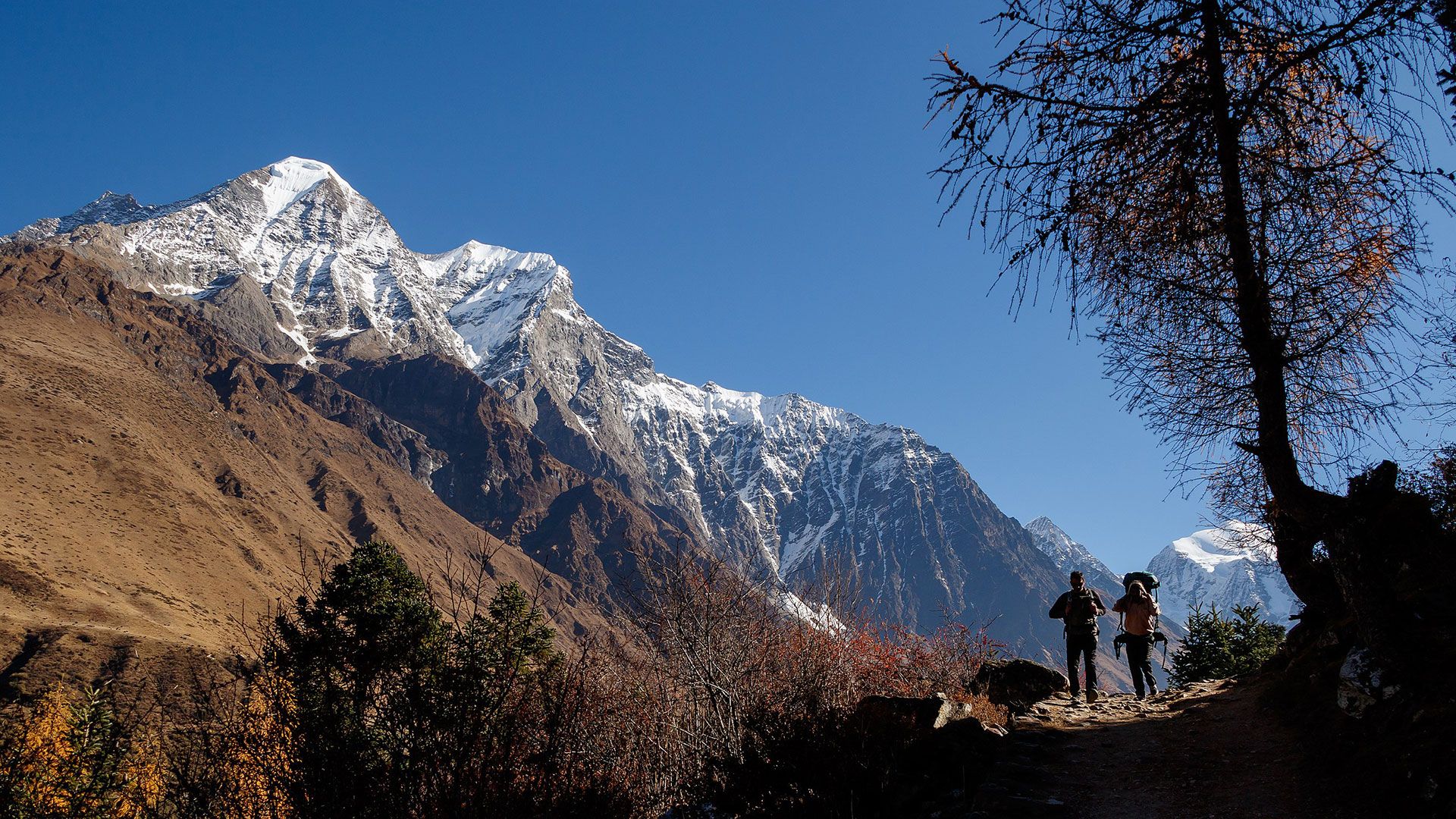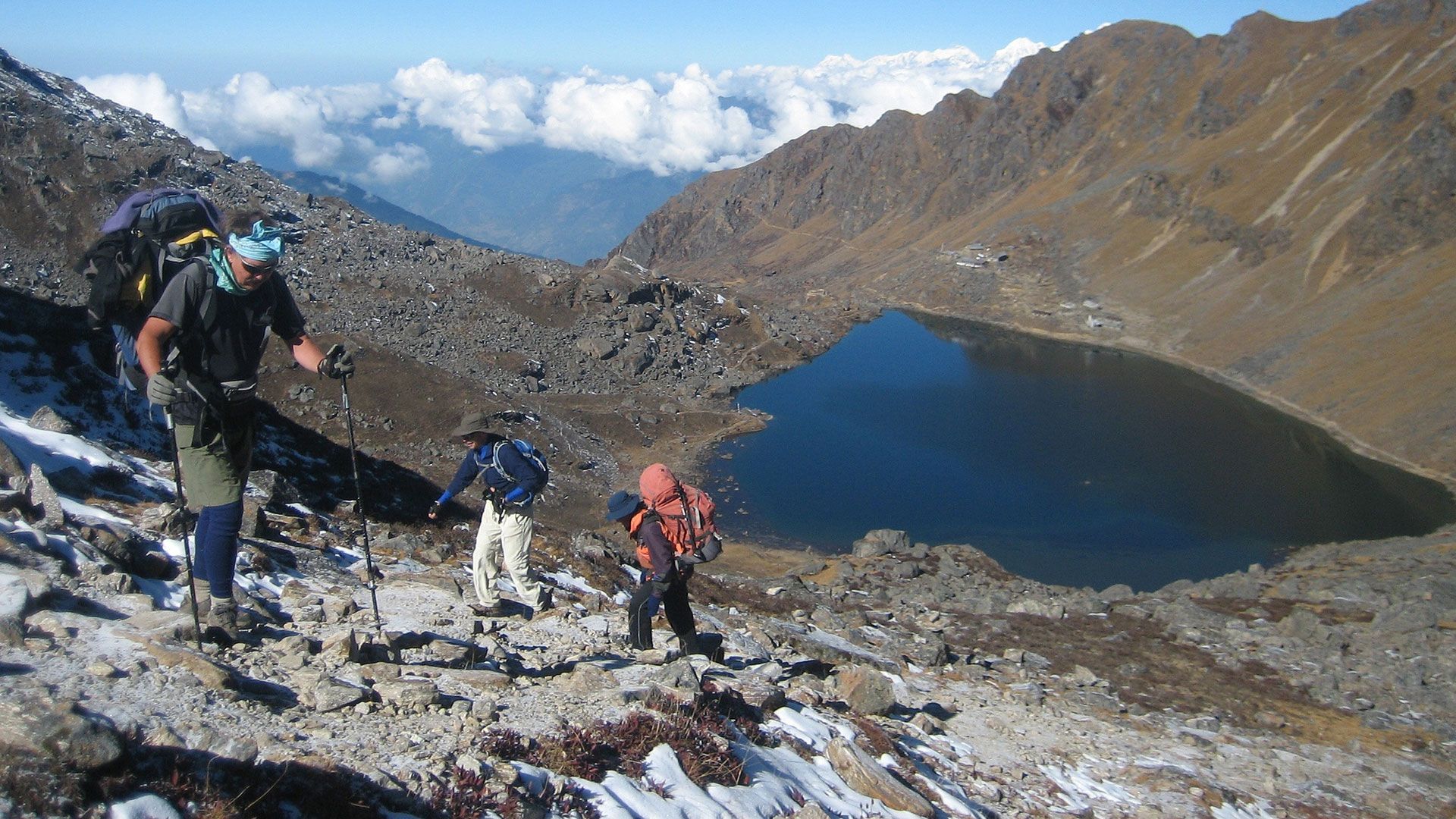- Home
- Nepal
- Adventure Activities
- Peak Climbing
- Mountain Expedition
- Local Tours
- Sirubari Village Homestay
- Ghale Gaun
- Kalinchowk Tour
- Halesi Mahadev - Maratika Cave package
- Chitwan Jungle Safari
- Day tour in Kirtipur
- Day tour in Kathmandu City
- Spiritual Tour to Muktinath
- Chitlang and Kulekhani
- Bardiya National Park
- Jeep Tour to Rara Lake
- Gosaikunda Lake
- Manakamana day Tour with cable-car ride
- 4WD Jeep Tour to Upper Mustang
- Family Holidays
- Heli & Mountain Flights
- Trekking Routes
- Kailash Mansarovar
- Bhutan
- Tibet
- Multi Country
- Domestic Flights
- Contact
- Home
- Nepal
- Adventure Activities
- Peak Climbing
- Mountain Expedition
- Local Tours
- Sirubari Village Homestay
- Ghale Gaun
- Kalinchowk Tour
- Halesi Mahadev - Maratika Cave package
- Chitwan Jungle Safari
- Day tour in Kirtipur
- Day tour in Kathmandu City
- Spiritual Tour to Muktinath
- Chitlang and Kulekhani
- Bardiya National Park
- Jeep Tour to Rara Lake
- Gosaikunda Lake
- Manakamana day Tour with cable-car ride
- 4WD Jeep Tour to Upper Mustang
- Family Holidays
- Heli & Mountain Flights
- Trekking Routes
- Kailash Mansarovar
- Bhutan
- Tibet
- Multi Country
- Domestic Flights
- Contact
Trekking Information
What are the different types of trekking?
Lodge tea house trekking or tea house trekking is one of the most popular trekking variants in the vicinity of Nepal. Trekkers trek during the day and then after a night meal, stay at some local tea house. Such treks are a great means to enjoy an in-depth rendezvous session with the unadulterated citizens of mountains and also one is saved from carrying that load of sleeping bags or tents. Camping treks are the more organized forms of trekking. Trekkers are guided by a team of guides, sherpas, cooks, and porters. The trekker is simply needed to carry a small bag for day time personal essentials because the nights are taken care of by the team and organizers.
How to prepare for trekking?
- Walk practice walk practice walk
- Practice leg based cardio
- Practice the walks on stairs
- Walk right. First hit the ground with heels and then move the toe to the ground. This reduces the risks of shin splints and tendon Walk straight
- Walk-in all types of weather conditions. Don’t skip your practice sessions because it is raining outside.
- Practice with sticks or poles. It might sound a little awkward for you during practice sessions but it is essential during treks. So prepare accordingly.
- Practice your rigorous walks with a backpack full of goodies on your back.
- Your body needs all the essentials to keep you moving. So carry the essentials to keep it fuelled.
- Practice with shoes you are finally going to use on the trek.
- Keep all your documents ready.
- Make yourself mentally strong-headed.
What are the risks associated with trekking?
- Getting lost - Technology has the answer to this biggest risk as GPS. Being lost in the woods might sound enticing, but it is not. Of course, no one as a trekker would like to start the trek in a group and end up lonely in the company of the natural landscape only.
- Falling - Falling or slipping is inevitable. But it is equally dangerous because you might end up having a sprain or fracture which is not acceptable in the middle of a trek for sure.
- Caught by a storm - Contingent weather conditions are something every trekker fears about. So study the weather conditions before setting out for trek.
- Poisonous plants - Don’t experiment with any natural vegetation which is not known to you. Either enquire from a local villager or buy it. Every beautiful plant or fruit is not edible.
- Dehydration - Don’t let your body dehydrate. Keep yourself hydrated with water to ensure you are not exposing yourself to health setbacks. Keep refilling your water bottle to quench your thirst as and when needed.
- Hypothermia - To avoid the situation of hypothermia, it is advisable to carry fleece clothing.
- Fear of animals - It is advisable to walk along fenced treks to ensure that you are trekking at a distance from wild animals. However, fences can’t stop snakes and insects. So keep your shoes covered when not in use and the tent closed during night hours, to avoid any chatting session with snakes or insects.
- Altitude sickness - Altitude sicknesses like High-altitude pulmonary oedema (HAPE) and high-altitude cerebral oedema (HACE) or Acute Mountain Sickness (AMS) are the types of health issues faced on high altitude. And so it is suggested to take short breaks and recharge your body for the next lapse.
- Failed planning - Lack of proper planning often makes the entire situation messy. And when on trekking spree, one small planning failure can turn the entire experience into hell, never underestimate the power of proper planning.
- Slipping on slippery waterbody stones - a small slip on the rock piece while crossing a river stream can put your entire trekking experience on a halt. SO do make use of great grip trekking shoes and poles for double safety.
- Sunstroke or Heatstroke - Sunstroke or heat stroke happens due to prolonged exposure to extreme temperature for long durations. So to minimize the risks, if not completely curtail it, it is advisable to make use of long brimmed hats, sunscreen with 30+ SPF, keep yourself hydrated and consume high salt eatables.
What are some common problems of first-time trekkers?
- Walking for long distances in a single go is very tiring. It's a physically as well as mentally treacherous task. So prepare yourself in advance for those long walks up and down the aisle with some weight on your back.
- Unpredictable weather conditions are the biggest challenge not only for first-timers but also for the professional ones. But as a trekker, you need to be adamant on your trek route.
- Water and food availability is also a challenge. Every water stream does not and cannot quench your thirst. And every wild berry is not edible. Neither can one carry water and food beyond a certain baggage limit.
- Acute mountain sickness or AMS
6. What important points should be considered for route selection?
- You know your limits best. How much mental and physical pressure you can take depends on your practice and potential. Don’t explore tough terrains during the very beginning of your trekking interest.
- Also consider the flora and fauna along the treks, as they keep motivating you to move further.
- Study the availability of food and drinking water along treks
7. What are the essential gears for trekking?
- Basics: Backpack, rain cover, walking stick, head torch, hydration pack, eatables, personal medical kit
- For head: Sun cap, woolen cap, balaclava, neck gaiter and sunglasses.
- Clothing: Trek pants, T-shirt, fleece T-shirt, fleece jacket, waterproof pants and jacket, thermal wear, gloves and poncho
- Trekking shoes, socks, sunscreen, Vaseline, toilet paper, wipes
8. What to eat and drink while on the trek?
- Before trekking: Fuel your tummy’s gas station with a healthy breakfast. Eat fruits, vegetables, whole grains and lots of protein like peanut butter, eggs and nuts. Drink water.
- During trekking: Snack yourself every two hours or when hungry with dried fruits, fresh nuts, seeds, berries, local fresh vegetables like cucumber, carrot or fresh fruits or energy bars.
- After trekking: Fuel yourself within one hour of completing the trek. No junk food. Consume high calorie food with lots of veggies and fruits. Drink lots and lots of water.
9. What precautions must be taken before going out for a trek?
- Physical fitness
- Practice for long walks on roads and stairs
- Practice against rough weather conditions
- Choose the trek wisely
- Precaution against altitude sickness
- Backpack should not be too heavy and should grip your back ergonomically.
- Opt for a guide or porter
- Along with trekking gear also carry the right attitude to trek to success
When and why is trekking beneficial?
Considering the current lifestyle of individuals, trekking is a means to rejuvenate your entire self to a new you for a new beginning. Trekking is thus needed for inner happiness, for physical fitness, for equipping our grey cells with vast knowledge, for self-motivation, for boosting our intellect and for learning the right attitude towards life and for fighting or getting rid of mental issues.
Visit us
-
JP Marga, Thamel, Kathmandu, Nepal
-
+977-01-5365371
-
+977 98418-15039
(Whats App, Viber & Telegram)












